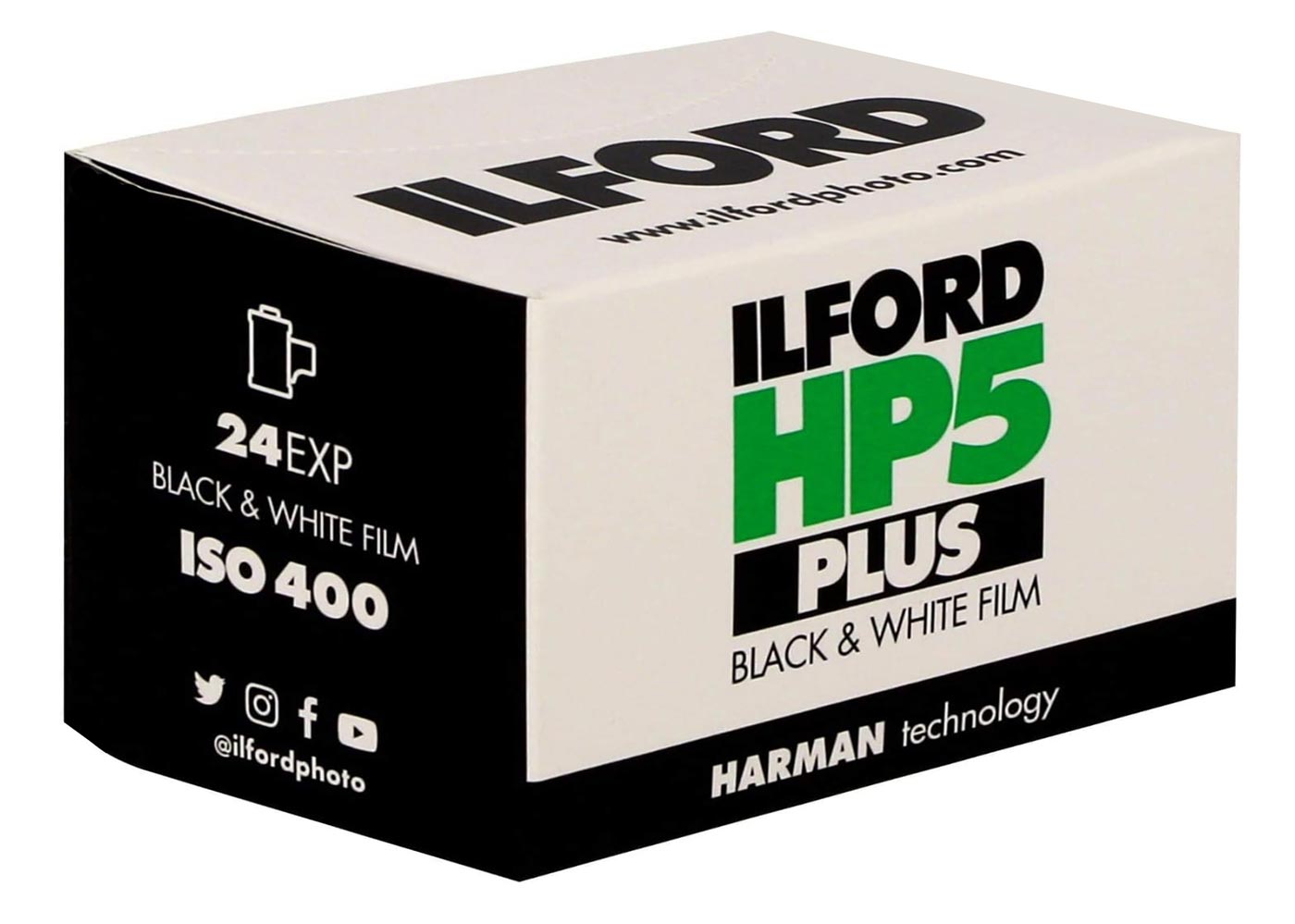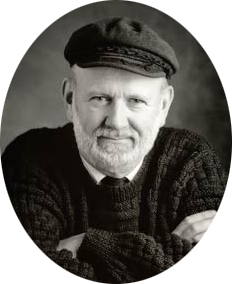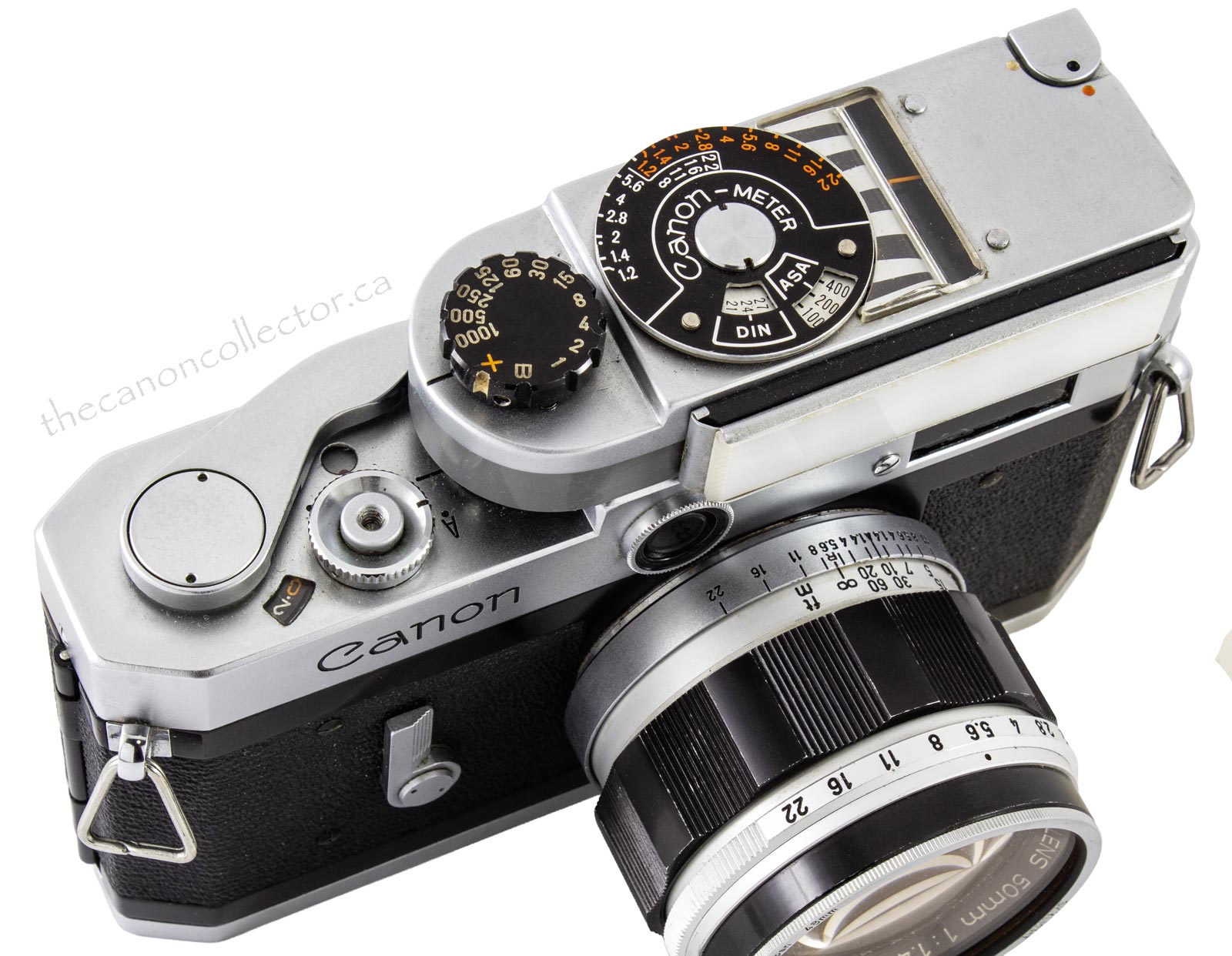
ASA, Din, ISO, and EV
Flynn Marr 4 November 2025

Every film has a “speed” which is noted on the packaging. It was not always so and there was a time when film speeds were variable from batch to batch.
Early in the history of photography lenses were not very fast and exposure times were long. If photography was ever to become relevent those exposure times had to be shortened and that meant faster emulsions. An improvement in emulsion sensitivity meant that shutter speed could be increased and soon the sensitivity became equated with the shutter speed. And so today we refer to a film’s sensitivity to light as its “speed” harking back to how fast the shutter could be set.
Over the years there were dozens of schemes to relate exposure settings to how bright a scene was. Most of them have faded away but a couple are still in
common use, especially by collectors of older cameras. One, the ISO film speed is still in common use today with digital cameras. But where did the most common measures of brightness and film speed come from?
DIN In 1934 the “Deutsches Institut für Normung”, the German organization for the standardization of industrial terms, defined a new way to determine film speeds and this came to be known as the DIN system. How the sensitivity was actually determined is too complex for this short article but there is more information in the Wikipedia article on ‘Film Speed’.
Originally designed for black and white film the organization later defined speeds for color reversal and color negative films as well. It was little used in North America but was common in Europe for many years. The DIN scale is logarithmic: an increase of 3° DIN was a doubling of the film speed. 24° DIN is twice as fast as 21° DIN.
DIN has now been superseded by ISO definitions. However, some cameras, such as the Pellix and the FT, have both DIN and ASA scales but you will not see it on modern cameras.

ASA In 1943 the American Standards Association, an American organization for industrial standardization, defined a system for determining film speeds which came to be known as ASA film speed. Kodak adopted this new scale and such was their weight in the realm of photography that the ASA definition quickly became a world standard.
The ASA scale was linear, unlike the DIN system. A film of ASA 100 was twice as fast as a film of ASA 50. Canon’s “F” , “A” and “T” series of cameras were calibrated on the ASA scale.
Approximate Equivalence
15° DIN is approximately ASA/ISO 50
18° DIN is approximately ASA/ISO 100
21° DIN is approximately ASA/ISO 200
24° DIN is approximately ASA/ISO 400
ISO In 1926 a group of nations created the International Federation of the National Standardizing Associations (ISA) to advance standardization of mainly Mechanical Engineering terms. However, the Second World War played havoc with international organizations and it was disbanded in 1942.
After the war it was felt that globalization would protect the world from further conflagrations and as part of that the importance of world wide standardization in industry became apparent. The new United Nations approached the remnants of ISA to create a new organization dedicated to world wide standardization.
The organization that was thus created was the International Organization for Standardization which came into being on the 23rd of February 1947. It was based in Geneva, Switzerland and today has around 173 member organizations. It has published standards across wade variety for subjects from mechanical enginnering to food saftey to health products.
Black and White film sensitivity was the first to be defined in 1974 by ISO 6:1993. Next came color negative film in 1979 with ISO 5800:2001 and finally Color Reversal film in 1982 with ISO 2240:2003. All of these have been ammended and updated over the years.
Because the ISO scale was an outgrowth of DIN and ASA the ISO film sensitivity scale is isdentical to the ASA scale. So when you see ISO you can mentally think ASA if that is your preferred scale. Originally the ISO film speed was written with the DIN value. It looked like this: ISO 100/DIN 18°. However, you will seldom see it in full and the DIN portion is usually omitted.
EV When we come to the EV scale we are dealing with a different concept. It is not a measure of film sensitivity but rather an estimate of overall scene brightness. The math is a little complicated but the EV value is derived from the shutter speed and f/stop but to be meaningfull it must be calculated at a certain ASA value. The EV system was developed by a German shutter manufacturer named Fredrich Deckel in the 1950’s. It came to be known in Europe as the Light Value System (LVS) and in North America as the Exposure Value System (EVS).
EV is usually quoted at an ASA of 100 and that is usually stated as part of the value. A change of 1 EV is equivalent to one f/stop. Using EV in your photography is complicated and that is why it is usually avoided. When it does come up it is best to think about it as the overall brightness of a scene.
One place you will run into EV values is the Canon Museum where they still use EV to indicate the sensitivity and range of a camera lightmeter. By saying that “the metering range at ISO 100 is EV 3 -17” is the same as saying that the lightmeter can measure light in a room illuminated by a dim window to a highly reflective object in full sunlight.
Typical EV Values
The following are approximate EV values for various situations at ASA 100.
-6 Nightscape under 1/4 moon
-3 Nightscape under full moon
+0 Late Dusk (Blue Hour)
+2 Distance Cityscape at Night
+3 Indoor scene with Dim Window Light
+5 Typical Artificial Indoor Light
+6 Bright Indoor Lighting
+10 Moment after Sunset on Clear Day
+13 Typical Subject on Bright Cloudy Day
+14 Typical Subject on Day with Hazy Sunlight
+15 Full Sun on a typical Cloudless Day
+16 Bright Sunny Day at the Beach
+17 Full Sunlight on a Highly Reflective Subject
Exerpt from the Specifications for the AE-1 from the Canon Museum showing the use of the EV value scale.
GOST There is one other film speed system that you may run across in your collecting, especially if you are into Soviet cameras. Originally described in 1890 Ferdinand Hurter (1844-1898) and Vero Charles Driffield (1848-1915) created the Hurter & Driffield scale (H&D). This has long since been forgotten but it was the system adopted in Russia and in use up until 1951.
In 1951 the GOST 2817-50 standard was introduced replacing the H&D system. It is a linear numeric scale much like ASA but the values were generally 90% of the ASA value..
Gost Equivalent Values
GOST 11 ASA 12 DIN 12°
GOST 14 ASA 16 DIN 13°
GOST 16 ASA 20 DIN 14°
GOST 22 ASA 25 DIN 15°
GOST 22 ASA 32 DIN 16°
GOST 32 ASA 40 DIN 17°
GOST 90 ASA 100 DIN 21°
GOST 180 ASA 200 DIN 24°
In 1986 the GOST system was replaced with the ISO standard bringing Russia into agreement with the rest of the world, at least photographically.
Summary That is the survey of film speed scales that the collector is likely to encounter. But it is the briefest possible description. This whole subject is fascinating and perhaps one day I will get around to a much longer post on the dozens of systems that were proposed and discarded down the years. How the film speed scales were actually calibrated to different films is particularly interesting to those who love the history of photography but it is quite complex.
This website is the work of R. Flynn Marr who is solely responsible for its contents which are subject to his claim of copyright. User Manuals, Brochures and Advertising Materials of Canon and other manufacturers available on this site are subject to the copyright claims and are the property of Canon and other manufacturers and they are offered here for personal use only. Use of this website is governed by the Terms of Service set out on the page by that name.

The True North Strong and Free


